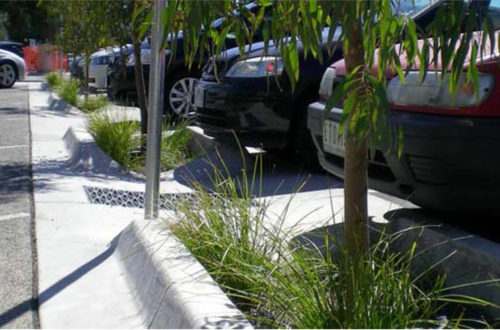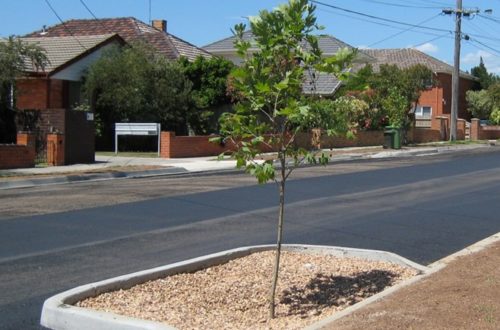
Monitoring Outcomes of Projects
Jamie has worked with Melbourne University on numerous iniatives throughout her career. From the Little Stringybark Creek Project to passively irrigated street trees. With each of these projects, the monitoring of the systems was a vital component.


It’s always great to talk over the requirements of monitoring with the team at Melbourne University and appreciate how we might design infrastructure that enables monitoring. Often additional pits and pipework are required for the University team to install weirs, data loggers and sensors. The orientation and size of this infrastructure is critical to get right and enable them to get the results we all need. The designs generally need to include duplicated systems (“controls”) that have no directly connected catchments to enable researchers to identify the impact of connected catchments. Sometimes that means installing the ultimate assets and blocking off the catchment during the monitoring period just to see how it goes.
The satisfaction of this working relationship is the sharing of knowledge and the results. Every day we design new systems, but rarely we get the opportunity to have the design intent confirmed with real data.





